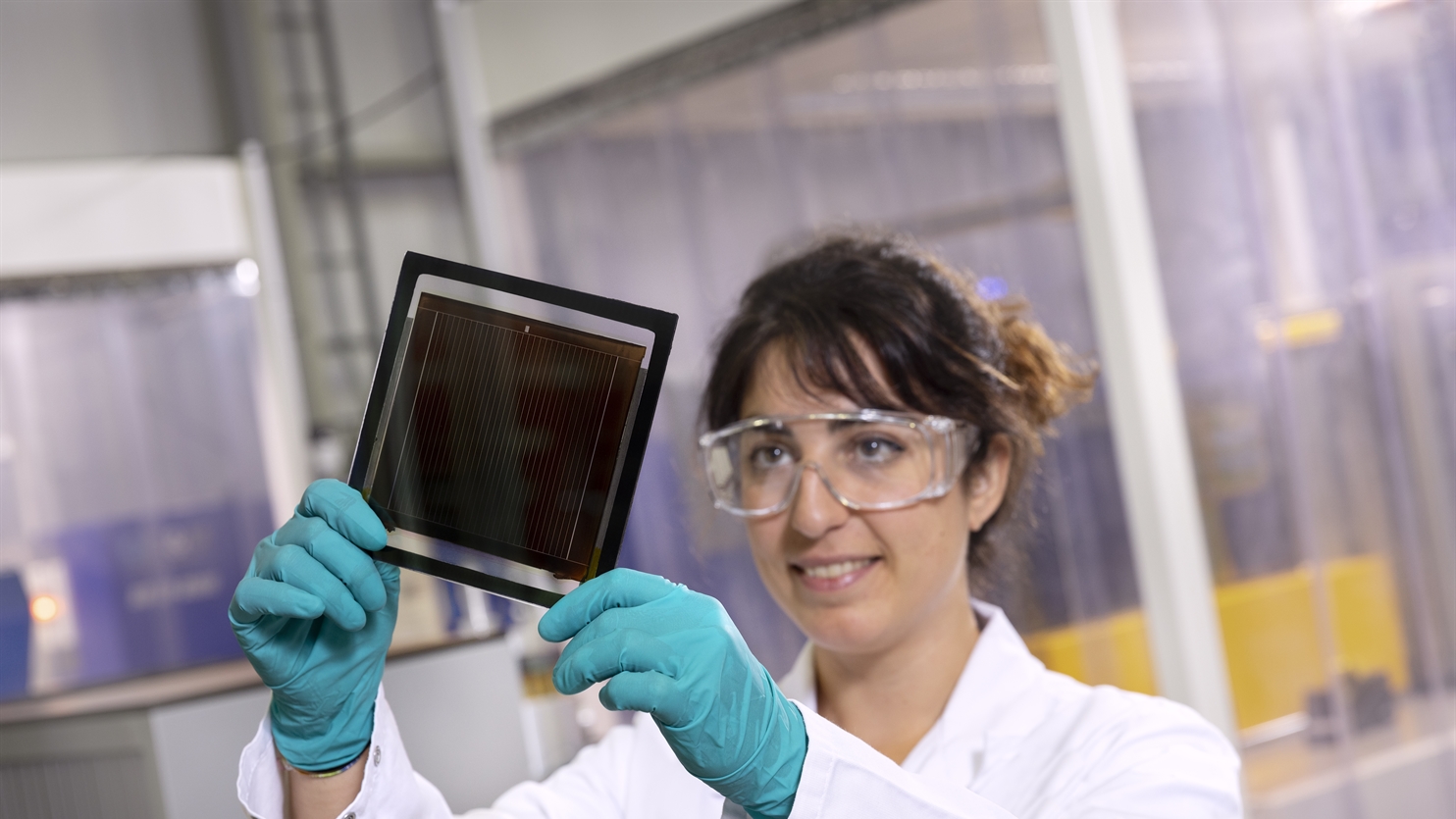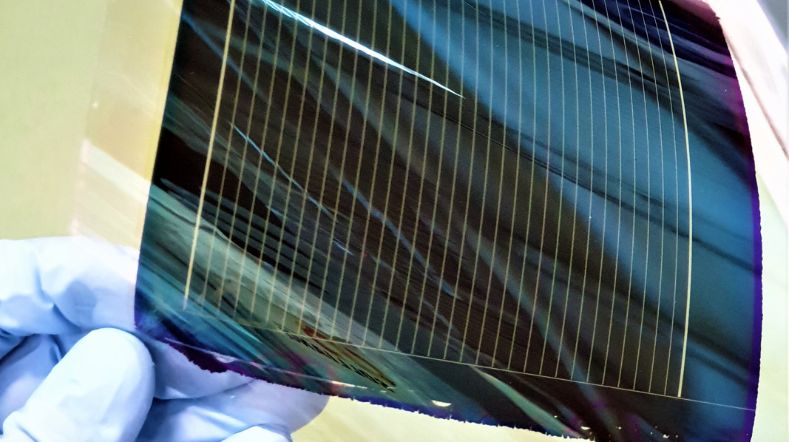
Solar technology: opportunities and challenges
A lot still needs to be done to make the most of the sun as a resource. Solar panel efficiency must continue to increase. And production and purchase costs must be reduced. To achieve this, we work with manufacturers on materials, technologies, and innovations. Examples are silicon PV, thin-film perovskite, and tandems.
New technologies
The emphasis when developing all technological innovations is on energy yield, stability, cost, sustainability, and rapid upscaling from the lab to actual products. Together with knowledge partners and companies, we’ve built test environments at various locations to test new PV elements and structures under real-life conditions. Solar panels must continue to function under harsh conditions for at least 25 years, even if they’re integrated.
New developments in silicon cells
More than 90% of solar panels operate using silicon photovoltaic (PV) cells. To increase the efficiency of the panels and thus reduce costs, we’re mainly focusing on wafer-thin functional coatings. We apply these to the cells using special techniques. The coatings ensure higher light penetration and minimise losses on the surface of the cells. This enables you to obtain a higher energy yield.
We’re also developing new concepts for solar panels and, in collaboration with partners, we apply new materials to improve service life, as well as the design. In this way, we develop attractive modules that are also highly efficient. We combine knowledge of technologies, processes, and materials to achieve these goals.
New material perovskite
The most striking new PV material is perovskite. We’ve already achieved great success with this material with our partners in the Solliance partnership. Together, we’ve taken key steps in upscaling and stability, making it of interest for future production by Dutch industry.
In a very short time, the partnership has achieved conversion efficiencies of more than 20% in the lab. Our research concentrates on scaling up the technology, from small to larger surfaces, and finally to roll-to-roll production. An interesting possibility is to make the panels or foils translucent for use in power-generating windows.

Tandem technology
In addition, thin-film perovskite has the potential to achieve much higher efficiencies in a stack of cells. An example is a stack of 2 solar cells that together form a tandem. The combination of different solar cells in a solar module makes an efficiency of more than 40% possible.
Get inspired
Shade screens with rollable solar foil combines energy generation with climate control in greenhouses


Dutch consortium develops manufacturing technology for perovskite solar cells


Webinar: Solar energy in Brabant - Building a sustainable future for Europe


The next generation of solar technologies

Solar panel production back to Europe


